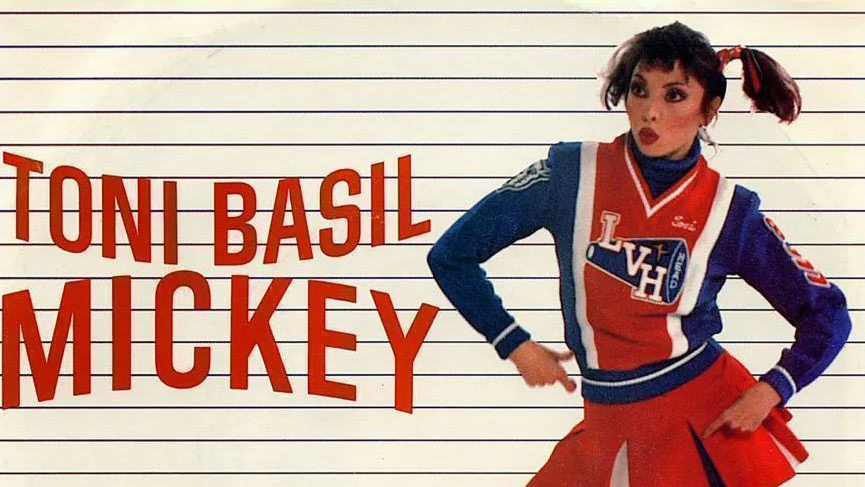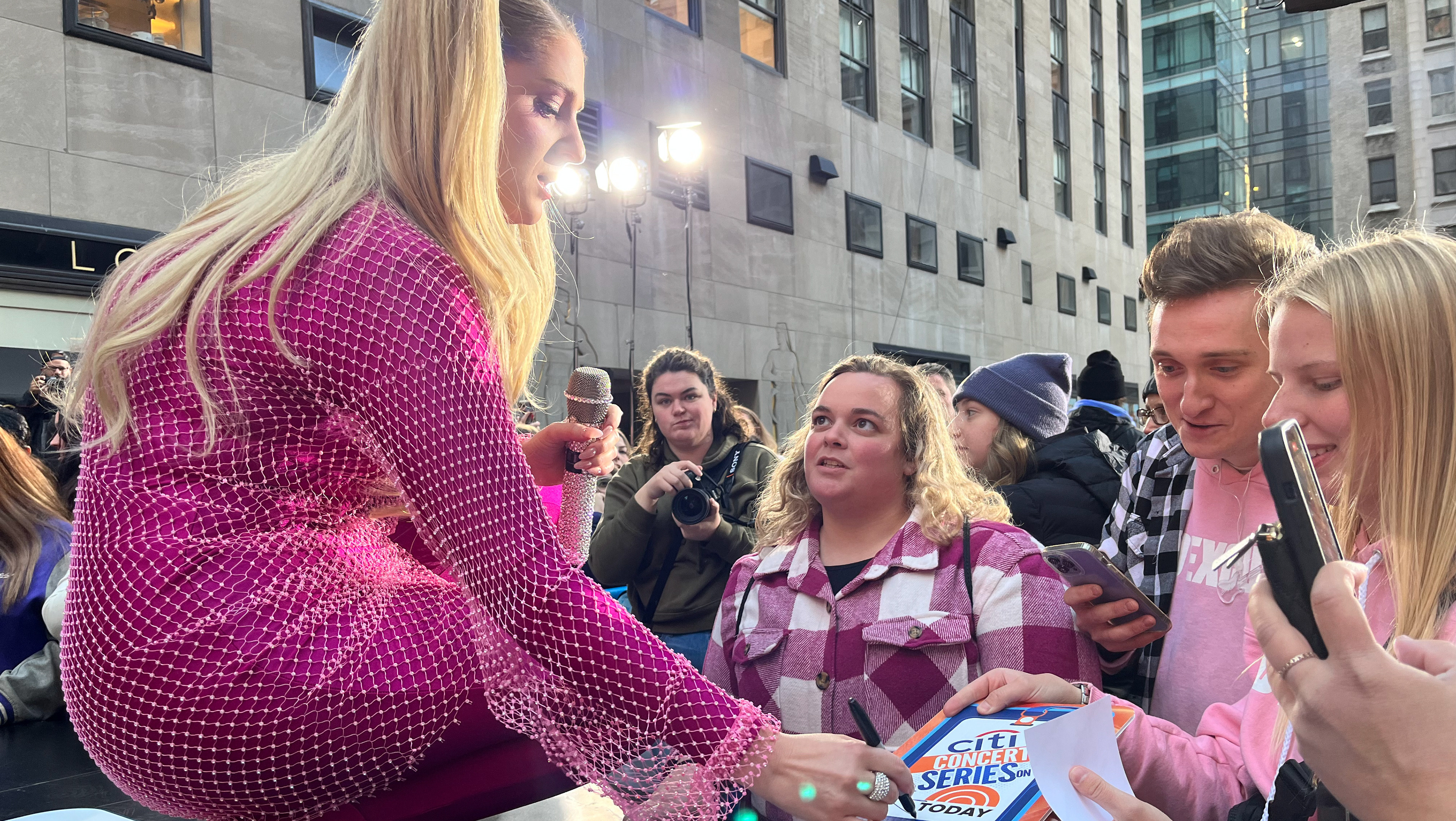Aventura Was My Bachata Awakening, So I Went Back and Listened to Their Very First Album
An album that revolutionized the sound of bachata.
Aventura's "Generation Next" album cover. Photo obtained from Spotify.
I like to think I’m well-versed in all things Aventura. I grew up listening to this bachata group on the radio and waking up on Sunday mornings to my mom blasting her cleaning music. Even though I hated waking up to it, bachata swiftly consumed my heart with Aventura’s 2002 album “We Broke The Rules” being a catalyst to my now obsesión with Latin music.
However, I always considered that album their first.
To my surprise, they have an 11-song album released in 1999 - “Generation Next.” Excited is an understatement. It’s the realization that I’m going to be hearing the sweet and smooth vocals of 18-year-old Anthony “Romeo” Santos for the first time.
In this 1999 album, four of the songs from the 1995 album “Trampa de Amor” made it to the tracklist aside from “Cuando Volverás” - “Alexandra,” “El Coro Dominicano” (The Dominican Group), “Dime Si Te Gusto” (Tell Me If You Like Me) and “Si Me Dejas, Muero” (If You Leave Me, I’ll Die). But this was pre-Aventura, when Romeo, Lenny, Mikey, and Henry Santos were called Los Tinellers (The Teenagers). Which are easy to separate from the other tracks especially when “los tinellers” is strategically woven into the lyrics or just plainly said. In most bachatas, the singers will subtly plug themselves almost like a catchphrase to make that song recognizable as their own - Prince Royce says “Royce,” and Héctor “El Torito” Acosta says “Sentimiento Torito.”
From left to right: Max Santos, Henry Santos, Anthony "Romeo" Santos, Lenny Santos. Despite sharing the same last name, they’re not related - Romeo and Henry are cousins and Lenny and Mikey are brothers. In the group, Romeo and Henry were the singers, Max was the bassist, and Lenny the guitarist. Photo obtained from lost.fm.
When it comes to bachata, the instruments are the defining aspects. Most feature a lead guitar, a rhythm guitar, a bass guitar, bongos, and the iconic güira (a metal percussion instrument filled with ridges that are scraped with a metal brush). Each instrument produces a unique sound but when they come together, everything fits perfectly like your favorite ice cream sundae. La güira and bongos add that sazón, that leads us to dance bachata. This album brought a new way of producing bachata, mixing in elements of hip-hop and R&B. Listening closely, you hear the notes of an electric guitar. Especially in “No Lo Perdona Dios” (God Won’t Forgive It), “Un Poeta Enamorado” (A Love Poem), and “Si Me Dejas, Muero” where there’s the phasing of the guitar which isn’t a part of the “traditional” bachata sound.
The first and last track is a familiar one, “Cuándo Volverás” (When Will You Come Back) which appears in multiple albums across their discography - three live albums, their compilation albums, and their second studio album “We Broke The Rules.” It also appeared in the 1995 album “Trampa de Amor” (Love Trap). However, the last track is the English version of “Cuándo Volverás.” This breaks one of the bachata norms since English bachata hadn’t been done before.
The sound isn’t the only thing that changed the trajectory of bachata. Classic bachatas surround the themes of love and heartbreak, notable in bachateros like Luis Vargas and Raulin Rodriguez. This theme is still ever present in “Generation Next.”
Tú eres la mami de mi vida
La que yo más prefiero y tengo aquí...
Eres reina de mis amores
En cielo no hay colores si no estás en mí...
Solo cantarte muñequita y que tu a mí me quieras como yo a ti
Es lo que te pido a ti mujer.
You’re the girl of my life,
the one who I cherish most and have beside me,
you're the queen of my love,
the sky has no color if you're not with me,
I only sing to you, baby doll,
so you may love me like I love you,
it's all I'm asking of you, woman.
“La Novelita” (The Little Soap Opera), translated by Lyrics Translate.
Songs like “La Novelita” (The Little Soap Opera) have a strong devotion to the person Romeo is in love with. Like “en cielo no hay colores si no estás en mí”? Come on, the drama is pushing through! It has the ability to make anyone fall for Romeo’s sultry and velvety voice. The passion amplifies el llora de la guitarra (the cry of the guitar). The llorada usually happens when there’s a guitar solo. It signifies when all aspects of the song come together in a way that fully depicts the pain the singer is in without their true love. The guitar in this instance is the singer’s companion and outlet for those feelings and desires.
But there’s a twist in the theme in this album - toxic masculinity and f*boy energy. “Mujeriego” (Womanizer) is the prime example of this. We are hit in the first verse with the dilemma: Romeo is seeking advice because he’s in between two women, a brunette and a blonde, and he can’t choose between them because he loves them both. Which seems like an okay issue, I guess. But it’s the chorus for me:
No tengo culpa de ser como soy
Soy mujeriego porque soy barón
No me critiquen, así me hizo Dios
No controlo mis sentimientos
Muchas mujeres me hacen feliz
Sólo con una no puedo vivir
Que hay de malo de yo ser así
Si a ningunas nunca le miento
I'm not guilty of being as I am
I'm a womanizer because I'm a guy
Don't criticize me, God made me like that
I don't control my feelings
Many women make me happy
Only with one I can't live
What's wrong with me being like that
If I never lie to none of them
“Mujeriego” (Womanizer), translated by Lyrics Translate.
This entertains societal views of women being inferior to men. Reducing them to mere objects that are only used for entertainment not taking into account the woman/women in this narrative. It's the theme that Aventura is known for, which Romeo follows when he goes solo around 2011-2012.
“Mujeriego” also stands out because it and “El Coro Dominicano” are merengues. “El Coro Dominicano” brings a playfulness to the album. It’s about Dominican representation and depicts the roots of Aventura with the mentions of “el alto de Manhattan” (the tip of Manhattan) otherwise known as Washington Heights a region aside from The Bronx with a heavy population of Dominicans.
The difference between merengue and bachata is the instruments. In traditional merengue, the three main instruments are the güira, tambora drum (a two-sided drum), and the accordion. The merengue tempo is a bit faster than bachata’s, producing a simple two-step.
The addition of another music style, adds more depth to the album. It depicts that Aventura wasn’t afraid to experiment with the bachata sound. Listening to the album now feels like it’s an ode to who they were before starting their revolutionary journey as Aventura.



